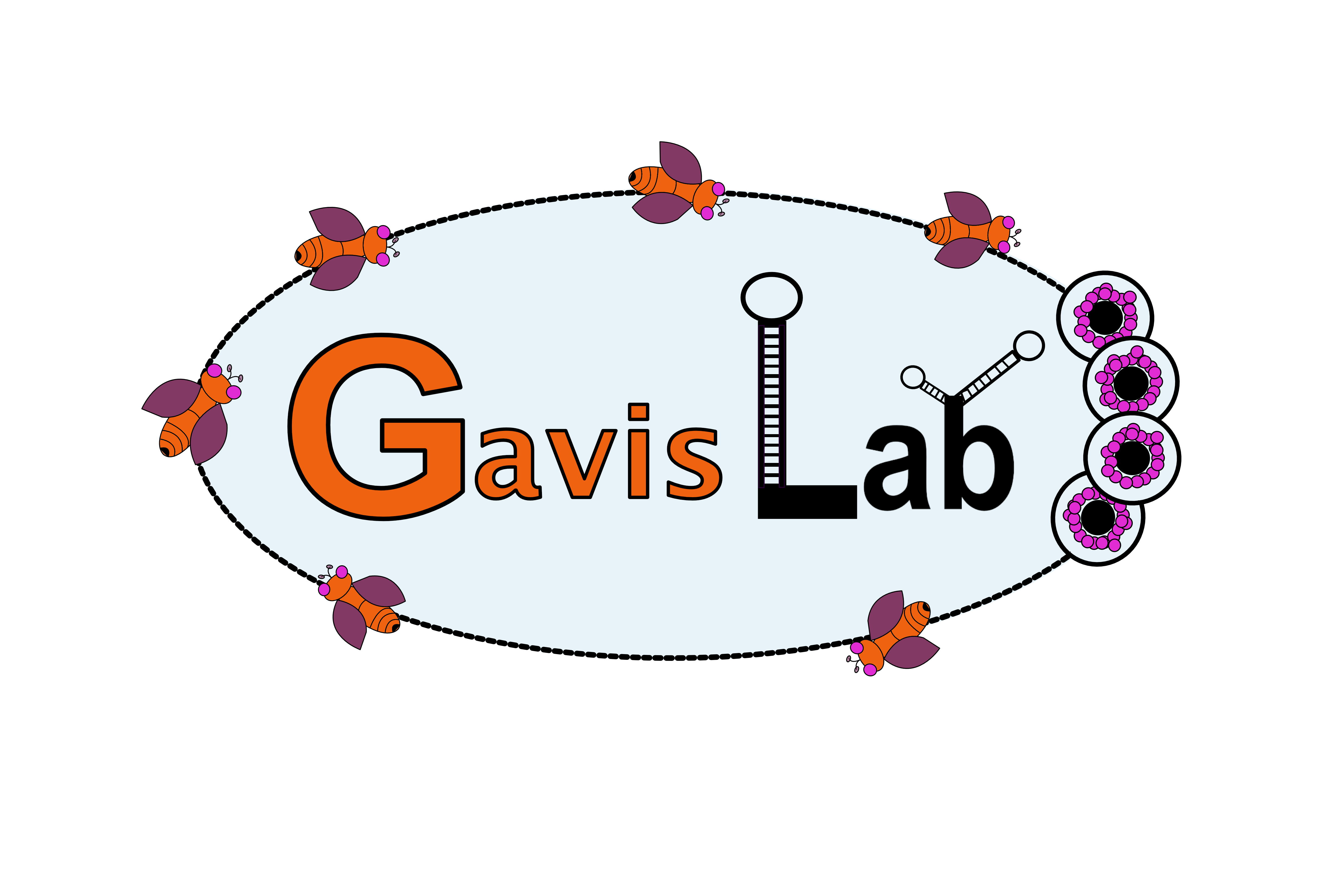
Temporal complexity within a translational control element in the nanos mRNA.
Type
Translational control of gene expression plays a fundamental role in the early development of many organisms. In Drosophila, selective translation of nanos mRNA localized to the germ plasm at the posterior of the embryo, together with translational repression of nanos in the bulk cytoplasm, is essential for development of the anteroposterior body pattern. We show that both components to spatial control of nanos translation initiate during oogenesis and that translational repression is initially independent of Smaug, an embryonic repressor of nanos. Repression during oogenesis and embryogenesis are mediated by distinct stem loops within the nanos 3' untranslated region; the Smaug-binding stem-loop acts strictly in the embryo, whereas a second stem-loop functions in the oocyte. Thus, independent regulatory modules with temporally distinct activities contribute to spatial regulation of nanos translation. We propose that nanos evolved to exploit two different stage-specific translational regulatory mechanisms.

